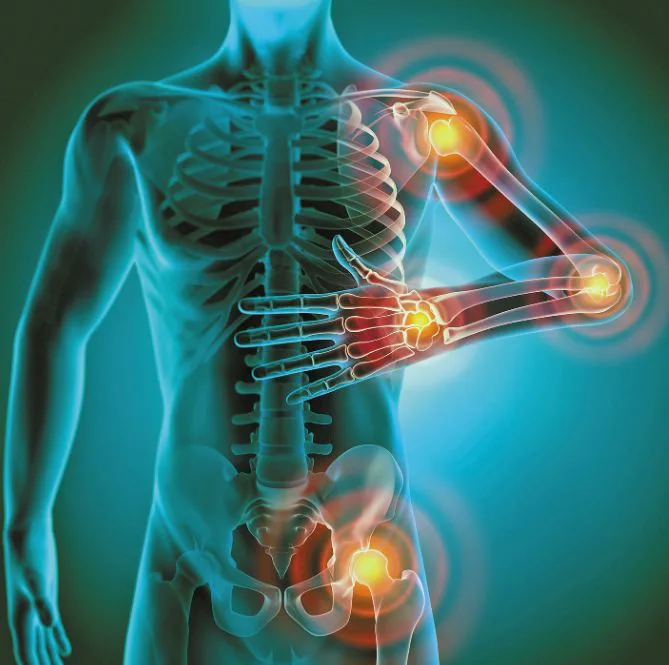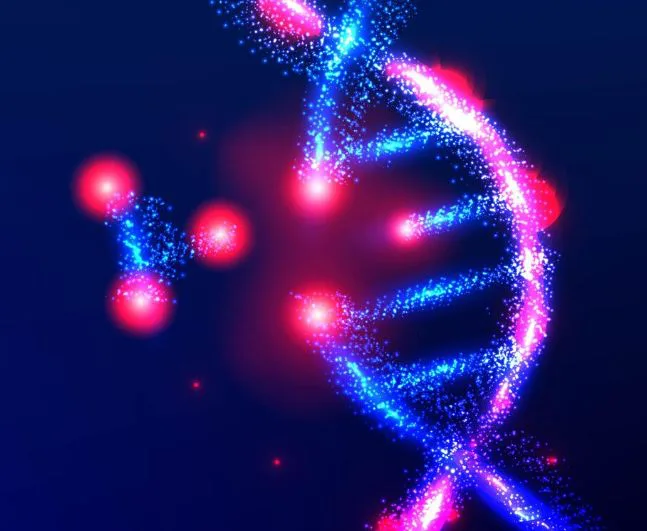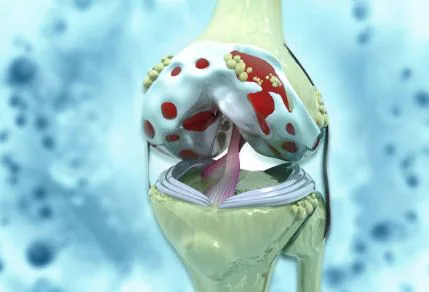
One of the biggest challenges that still haunts tissue engineering and regenerative medicine is, how to mimic the properties of articular cartilage in synthetic materials.
Articular cartilage possesses a unique combination of stiffness and toughness. These features allow the connective tissues to withstand the mechanical stresses and strains experienced during joint movement.
- Stiffness, here, refers to the ability of a material to resist deformation when a force is applied to it.
- Toughness, on the other hand, refers to the ability of a material to absorb energy and resist fracture or failure.
Fabricating synthetic scaffolds
Developing synthetic scaffolds that can replicate these properties has proven to be a considerable scientific and engineering challenge. Although researchers have explored various strategies to create artificial scaffolds that can support cartilage regeneration while possessing appropriate stiffness and toughness.
One approach could be, designing materials that incorporate natural or synthetic polymers with reinforcing agents, such as fibers or nanoparticles, can enhance the mechanical properties of the scaffold.
While another strategy involves bioactive molecules and growth factors that promote the regeneration and maturation of cartilage cells, known as chondrocytes.
These molecules can be incorporated into the scaffold to provide a conducive environment for cartilage regeneration.
Biodegradable gel for articular cartilage repair
Meanwhile, recent research conducted by Canadian and Chinese scientists, introduces a promising approach to address the challenge of articular cartilage repair.
The researchers have developed a biodegradable gel that they claim can regenerate on its own.
By combining the desirable properties of both elasticity and toughness, this gel offers a potential solution for cartilage repair.
These properties are crucial because cartilage needs to be flexible enough to withstand joint movement while also being durable and resistant to damage.
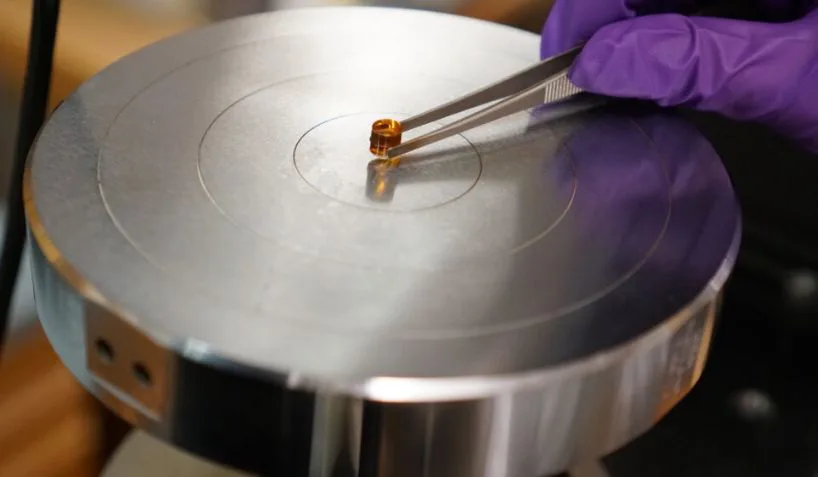
Chain entanglement and protein folding
The researchers were able to enhance the stiffness of a protein gel while maintaining its toughness by physically tangling the chains of a specific protein that constituted the gel’s network.
Like the shock absorbers in bicycles, these entangled chains allow movement, enabling the dissipation of energy, such as impact or shock.
Additionally, the team incorporated a technique of folding and unfolding proteins, which further contributed to energy dissipation.
This combination of physical entanglement and protein folding provided a means to stiffen the gel while retaining its toughness. Thus, it resulted in a material that could better mimic the properties of natural cartilage.
Gel mirrors cartilage’s resilience
The resulting gel showed extraordinary toughness. It also defied the intrusion of a scalpel’s blade with unwavering resistance.
Its stiffness surpassed that of its protein hydrogel counterparts. Remarkably, the new gel swiftly reclaimed its original shape following compression, as real cartilage does after jumping.
Gel demonstrates superior outcomes
In lab, the implants were well-tolerated by the rabbits’ immune systems. Additionally, after 12 weeks of implantation, rabbits that received the gel implants exhibited significant signs of articular cartilage repair.
The researchers observed the growth of bone tissue that closely resembled the existing tissue. Thus, they were able to demonstrate substantially superior outcomes compared to the control group.
Intriguingly, the stiffer variant of the gel exhibited superior results compared to the softer counterpart.
Higher stiffness could be compatible with bone and cartilage tissues, providing a physical stimulus to the body for effective regeneration, said co-author Dr. Qing Jiang, a professor and surgeon at Nanjing University.
Researchers highlighted the complexity of this research field and the necessity of considering various physical and biochemical cues and factors when designing these scaffolds for successful outcomes.
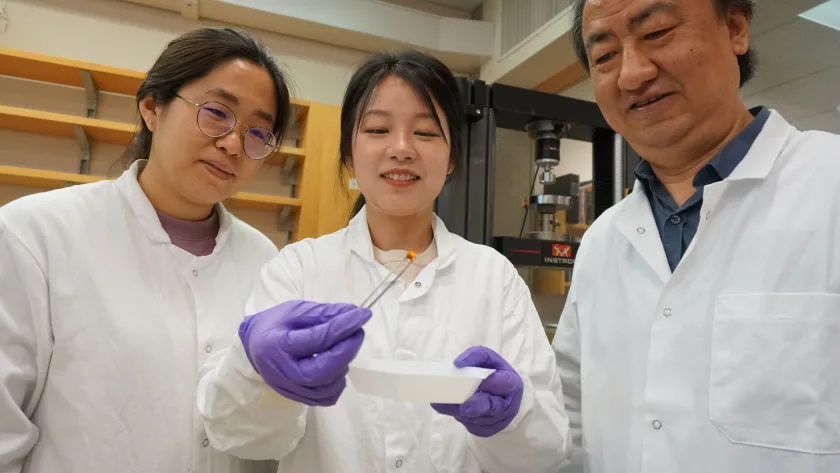
Takeaway
The new biodegradable gel indeed shows promise for cartilage regeneration. With this, the researchers can easily control over the scaffold’s architecture, porosity, and mechanical characteristics.
Current research is still in lab. Therefore, further advancements are still needed to fully mimic the complex and multifaceted nature of articular cartilage.
These advancements hold promise for improving treatments for joint injuries and diseases, ultimately leading to better clinical outcomes for patients.

